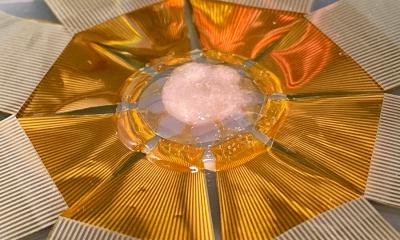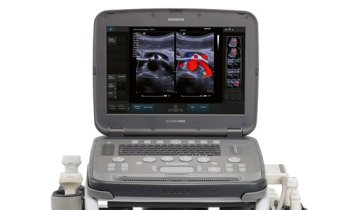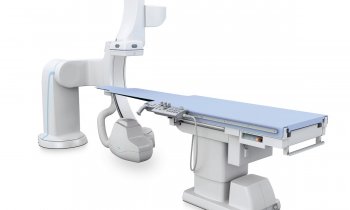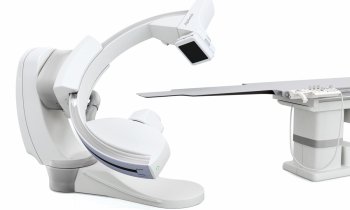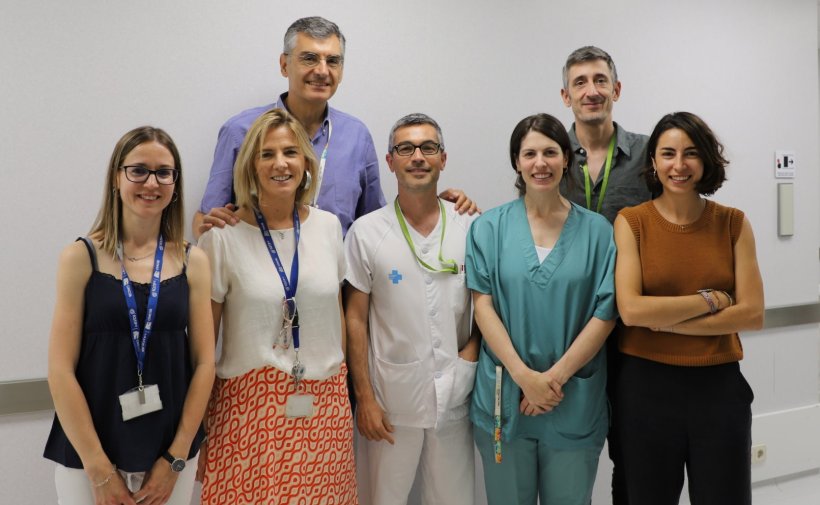
Image source: IGTP
News • Local impedance mapping
'Reading' heart scars for better treatments after a heart attack
A team of researchers from the Germans Trias i Pujol Research Institute (IGTP) has taken a step forward in understanding the complex structure of heart scars that form after a myocardial infarction.
Using a porcine model, the group found an association between specific electrical patterns and structural characteristics of the scar, offering a new approach that may guide more targeted and effective treatments for arrhythmias. The results have been published in the journal Heart Rhythm.
A heart attack, or myocardial infarction, leaves behind scar tissue in the heart. Not all scars, though, are the same. Different subtypes can vary greatly in their tissue composition and structure. In some cases, these post-heart attack scars can lead to dangerous heart rhythm disturbances known as malignant ventricular arrhythmias. One of the main challenges is identifying which scars have the potential to trigger these life-threatening arrhythmias, and where exactly within the scar the abnormal electrical circuit is located.
With tools that can see not just where a scar is, but what kind of scar it is, we are one step closer to customizing treatments for each patient
Júlia Aranyó
To address malignant ventricular arrhythmias, doctors rely on a procedure called catheter ablation, which targets and eliminates the specific areas of scar tissue responsible for disrupting the heart's rhythm. Since scars can be very large, it is not feasible to ablate the entire area, making it essential to identify the precise arrhythmia circuit. Despite advances in ablation technology, treating scar-related arrhythmias still yields only moderate success. New tools and strategies are needed to better characterise scar tissue and understand the underlying circuits in order to improve treatment outcomes.
In the new study, researchers from the Germans Trias Heart Institute (iCor) and its research unit, the Heart Failure and Cardiac Regeneration (ICREC) at IGTP, used a technique called local impedance mapping to better understand how different types of scar tissue contribute to arrhythmias. Building on their previous work, the team aimed to describe and evaluate the tissue composition of distinct scar subtypes in infarcted hearts.
The researchers combined cardiac magnetic resonance imaging (MRI) with detailed histological analysis and focused on how different local impedance patterns - that is, how scar tissue reacts to electrical current - relate to the underlying structure of the scar tissue. Although their previous research had shown that certain impedance patterns were associated with a higher risk of arrhythmias and could help locate the circuits responsible, little was known about the tissue characteristics behind these patterns. Since the electrical properties of tissue depend on its composition, it was expected that different impedance patterns would reflect different types of scar tissue.
The results confirmed this hypothesis. Regions with low local impedance (indicating low electrical resistance) were typically composed of dense, mature scar tissue and affected the full thickness of the heart muscle. In contrast, areas with intermediate local impedance had a more heterogeneous structure. These contained a mix of fibrous tissue, viable heart cells, and preserved blood vessels, and tended to affect a smaller portion of the heart wall. Interestingly, these intermediate regions often aligned with border zone corridors on MRI scans, which are known to participate in arrhythmia circuits.
Júlia Aranyó, first author of the study, explains: "This work builds on the quest to better characterise the post-myocardial scarred tissue. With tools that can see not just where a scar is, but what kind of scar it is, we are one step closer to customizing treatments for each patient.". This study could provide new strategies, help reduce the extent of ablation required, and improve outcomes". She also adds that "evaluation of tissue local impedance could be useful for predicting ablation lesion quality, which is directly associated with procedure success rates. Thus, characterization of tissue composition might help refine how treatments are applied in the future".
Further research and technical developments to validate and automate local impedance mapping will be key to allow for clinical implementation of this new technique. As this study was conducted using a preclinical model of myocardial infarction, future clinical studies in humans will be essential to confirm the reproducibility of the findings and to evaluate the potential clinical benefits of local impedance mapping.
Source: Germans Trias i Pujol Research Institute
02.08.2025



